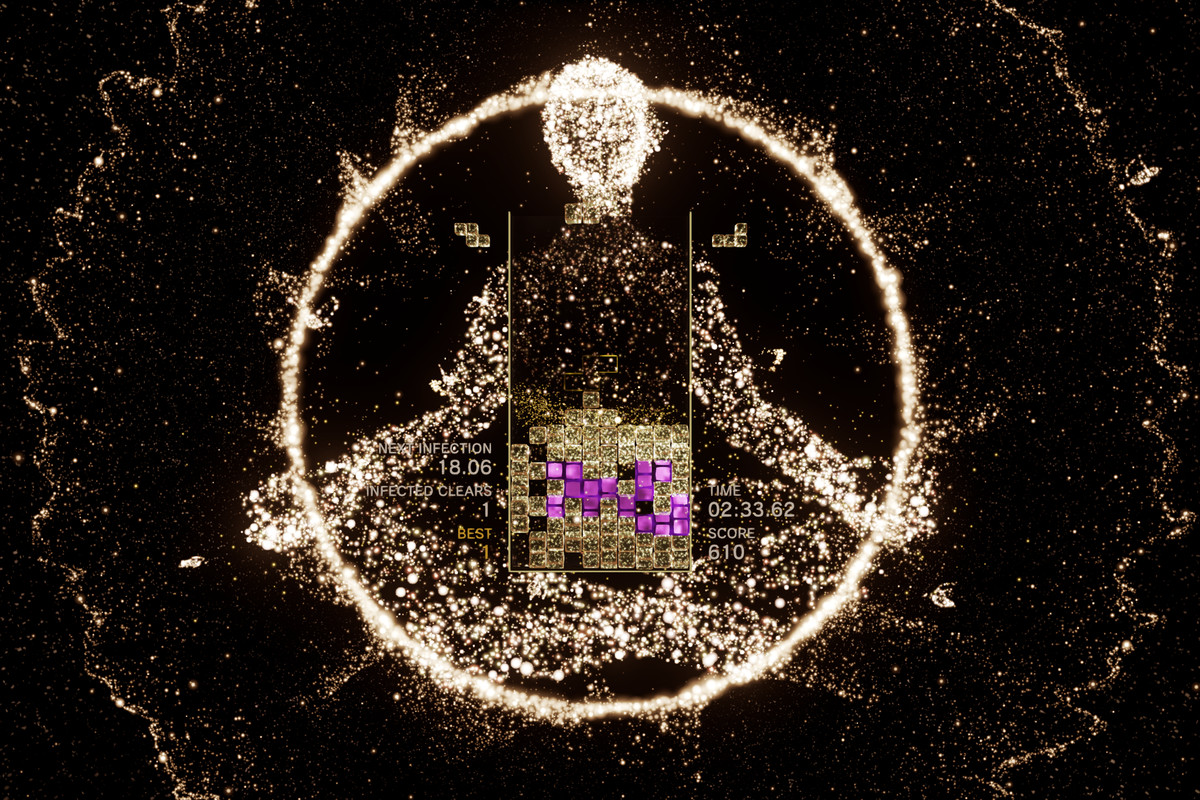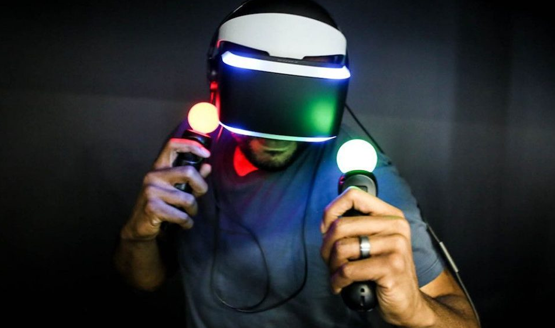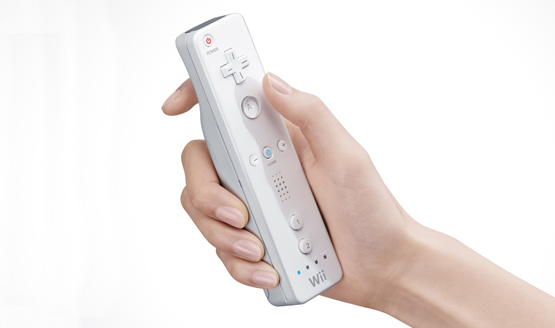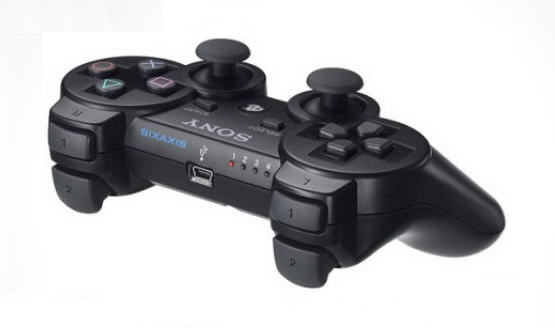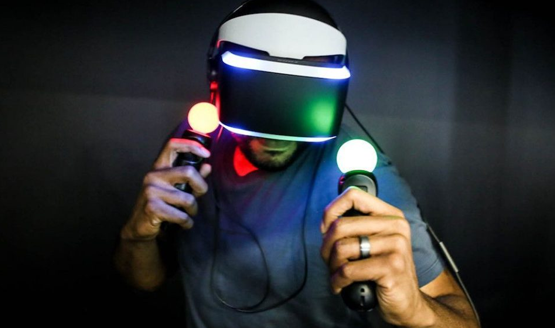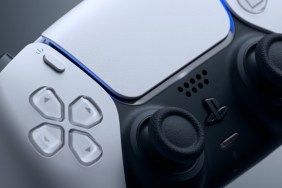Motion controls. In this modern age of gaming, hearing the phrase “motion controls” is usually enough to inspire a bad taste in any gamer’s mouth and for good reason. For almost ten years the likes of Nintendo, Microsoft, and even Sony tried to push motion controls as the future of gaming. They expected gamers to gesture, point, and waggle their way through games instead of using the simple button inputs everyone had long been accustomed to. Maybe that would have been the case had said controls worked, but they didn’t. So gaming collectively pulled away from them. Motion controls haven’t disappeared entirely though; they still have a home on the Switch and VR. On these platforms, the controls do what they were always meant to: enhance the gaming experience rather than detract from it, and they wouldn’t be able to do that without first going through that annoying early phase. In other words, early motion controls were necessary for gaming to improve, even though they initially failed to deliver the transformative experiences everyone hoped they would.
It’s easy to forget that motion controls were kind of exciting in the beginning. When the Wii launched back in late 2006, its new control style captivated just about everyone. Playing virtual tennis or bowling by actually swinging one’s arm made the experience feel more real somehow; it was as if we were taking part in something that was more than just a normal video game. Moving one’s arm and seeing a character like Link swing his sword in response really did make the technology feel like the next big step forward. In some ways it was: pointing at the screen did (and still does) feel better than trying to aim with analog sticks, and a quick flick of the wrist feels more natural for extra actions than a normal button press.
However, the strengths and weaknesses of any technology aren’t always immediately apparent. The Wii’s initially impressive controls lost their luster over time and paradoxically became more annoying as the technology improved. With improvement came even greater reliance on the technology, something gamers wouldn’t appreciate at all. This is the lesson Sony would learn almost immediately after introducing their take on motion controls.
Sony’s Take on Motion-Controller Gaming
The PlayStation 3’s Sixaxis controller should have been a safe middle-ground between traditional and motion controls. It didn’t compromise its classic gaming controller form and should thus have been perfect for small motion-based enhancements to standard schemes, but that’s not how it worked in practice. The controller was certainly functional, but its makers didn’t fully account for how people play games; Lair and Uncharted: Drake’s Fortune are perfect examples of this. Lair was a game about waging war on the back of a dragon, so its core gameplay revolved around flight controls. Flight seems like it would be a perfect fit for motion controls: tilt up to rise, down to dive, and left/right to turn. It should have worked beautifully, but instead wound up being one of the game’s biggest problems. Aside from just being finicky due to the new technology, the controller had to be held flat when one wasn’t trying to change direction. It was fine in theory, but very uncomfortable in practice.
Uncharted’s grenades suffered similarly, aiming them relied on tilt controls which were always way off initially thanks to how players would hold the controller at rest. Sony took the hint after about a year and discontinued the Sixaxis in favor of the DualShock 3, relegating motion controls to PlayStation Move and games specifically designed for it. (Editor’s note: The DualShock 3 still had the Sixaxis functionality on board but added back in the vibration that the original Sixaxis controllers did not have. However, most games around this time steered away from ever embracing the Sixaxis motion controls.) These worked better, but the damage had been done. Sony would have to wait for VR to get proper use out of the Move controllers. Its main competitor wouldn’t be quite so quick to learn, unfortunately.
With the Kinect, Microsoft immediately tried to take the technology to its limits by removing the controller entirely. It was certainly ambitious, and the team responsible for the Xbox brand really seemed to believe in the device; they wouldn’t have made it a necessary pack-in for the first wave of Xbox Ones if they didn’t. They even rolled all manner of technology into the device: motion-sensing, voice-commands, and video recording being the most prominent. As most know by now the Kinect was notoriously inconsistent in all these areas. It never really picked-up movement the same way from one moment to the next. Its voice recognition was spotty and often felt tacked on, and almost nothing used its video functions. The Kinect failed at just about everything, so naturally it yielded a couple of the most important lessons to be learned about motion-based gaming.
Lesson Learned From Early Motion Controls
The first is that motion-sensing gameplay only really works when there are only one or two defined points that need to be tracked; this is why Just Dance somehow managed to work quite when almost nothing else would. The second is that voice-commands are better used for navigating menus than they are for playing games. It all comes down to efficiency; pressing a button is faster than speaking, and tracking a person’s hands is more complicated than tracking button inputs. This is something current motion-gaming technology has taken to heart.
So now motion controls are more or less dead as far as mainstream gaming is concerned. No more waggling to swing swords, wild-tilting motions to fly, or shouting at the Kinect in a vain attempt to get it to work more consistently. They aren’t completely gone though, and the technology used in VR and the Nintendo Switch actually fulfill the original promise of motion controls: serving as a fun enhancement to traditional video games instead of a painful barrier.
On the Switch, they mostly used to handle simple actions like throwing Cappy in Super Mario Odyssey or solving some simple puzzles in the Legend of Zelda: Breath of the Wild. Even the motion control-heavy Super Mario Party keeps the actions mostly limited to short, punchy gestures rather than forcing players to rely on them for precise motions. As for motion controls in VR games, they make good use of all the lessons learned from earlier mistakes. PSVR in particular has learned from the failures of the Kinect by limiting its motion-tracking to just the paired PlayStation Move controllers and using the same technology to track the headset itself, a fundamental part of the virtual reality experience.
Early motion controls were certainly annoying, mostly unwelcome, and an overall failure as far as the mainstream market is concerned. Yet, it wasn’t all for nothing. Motion controls may not have been the future of gaming Nintendo, Sony, and Microsoft thought they’d be, but they do still have a place in gaming’s future. It’s a place that was painstakingly framed and carved out through all those years of experimentation and repeated failures. Thanks to those failure and struggles, both gamers and developers know what the technology is good for, and what it definitely cannot do. It’s great as an addition to normal games and for games built entirely around it. It’s not however, capable of carrying traditional games by itself. The technology’s place in gaming is finally secured and understood; it just took a few goofy years of waggle and faulty cameras in order to get here.
Best PSVR Game - Game of the Year Awards 2018
-
Best PSVR Game Nominees - Game of the Year Awards 2018

-
Astro Bot Rescue Mission

-
Beat Saber
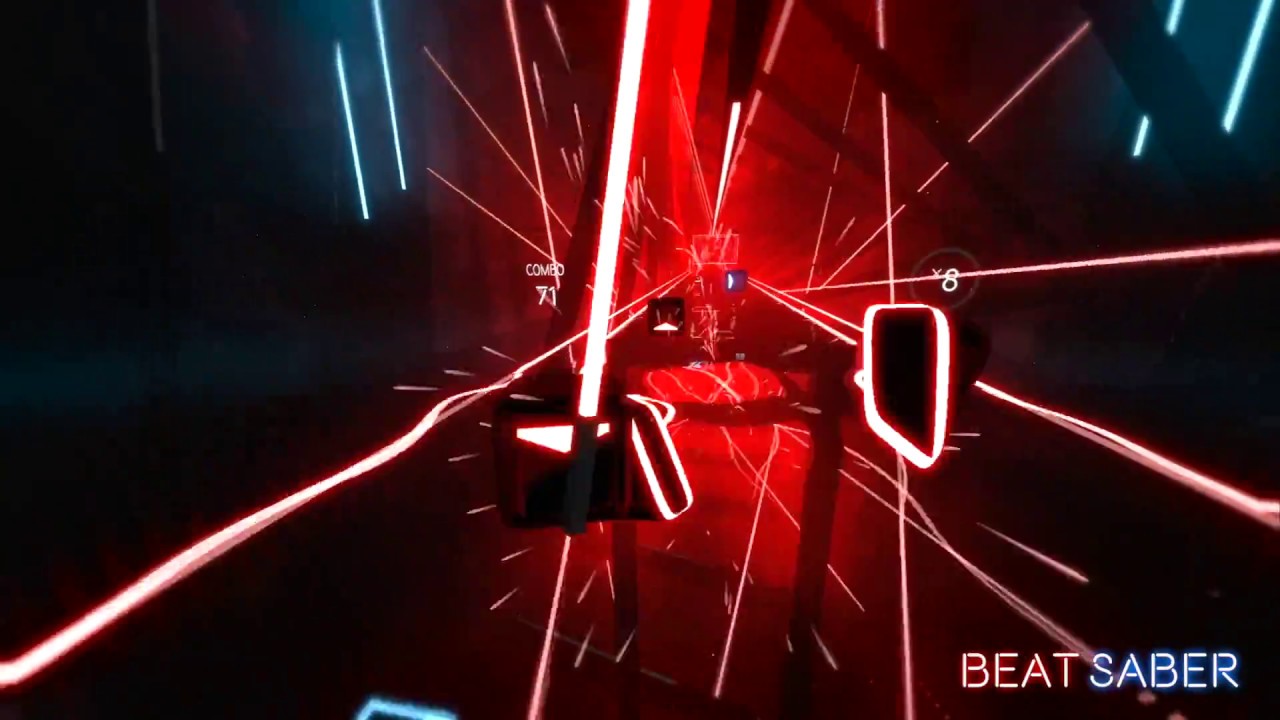
-
Firewall Zero Hour
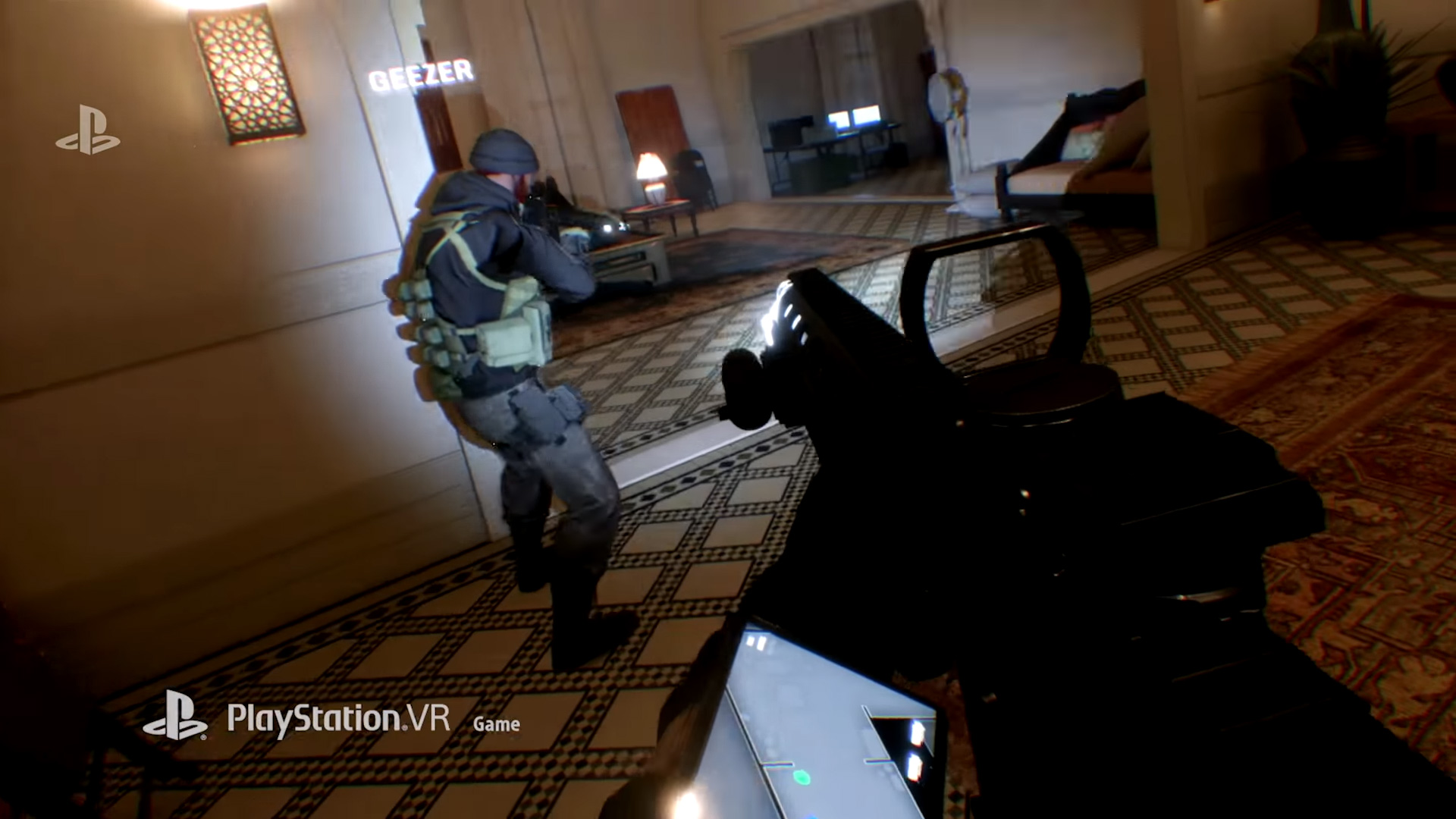
-
Moss

-
Tetris Effect
